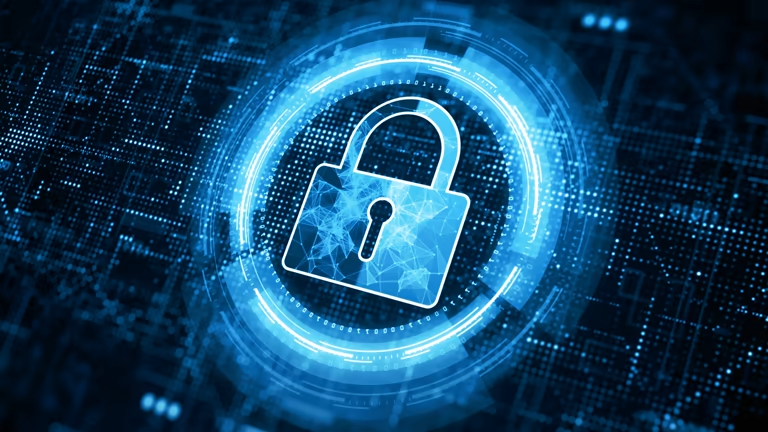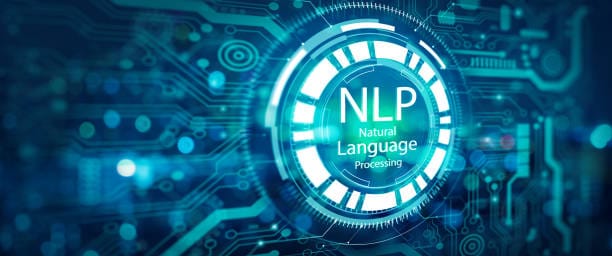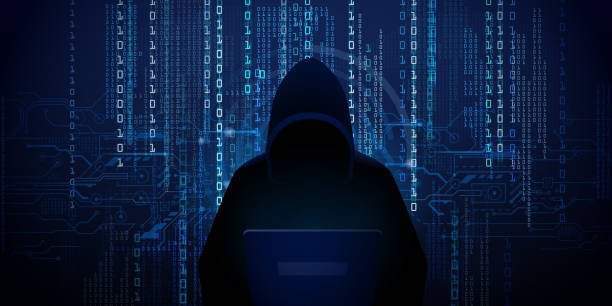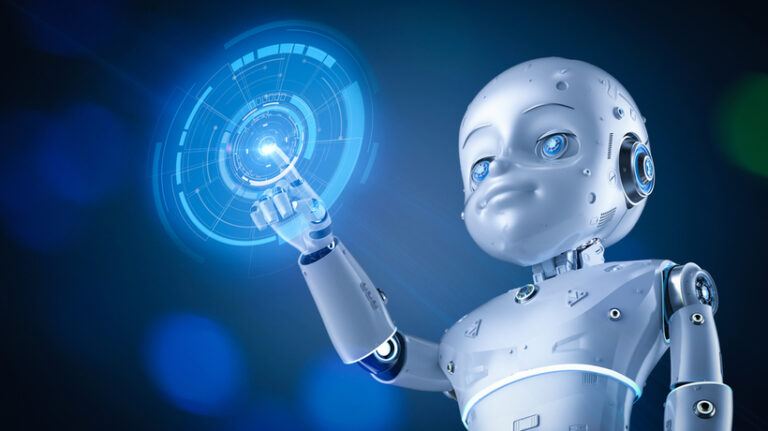The internet began as a quiet dream — a network to connect minds and ideas. But in the early 21st century, it has become a vast, unpredictable battleground. Every day, billions of data packets flash across the globe like streams of light, carrying everything from family photos to state secrets. Alongside this beauty comes a shadow: cybercrime, espionage, ransomware, and the endless arms race between those who wish to protect information and those who seek to steal it.
This war is invisible. There are no tanks rumbling through the streets, no gunfire echoing in the night. Instead, the frontlines are hidden inside server farms, routers, and firewalls. The soldiers are algorithms, encryption keys, and human analysts staring into glowing monitors at 3 a.m., hunting for a pattern in the chaos.
As our digital dependency deepens, the old methods of cybersecurity — passwords, firewalls, and even traditional encryption — are beginning to strain under the pressure. The attackers are becoming faster, smarter, and more resourceful. The defenders must evolve as well, adopting technologies that were once the realm of science fiction: biometric security, artificial intelligence, and quantum computing.
The question is not whether these technologies will shape the future of cybersecurity — they already are. The question is whether we will be ready for the moral, technical, and political challenges they will bring.
Biometrics: Turning Our Bodies into Keys
For centuries, human identity was proven with objects and tokens — a signature on parchment, a metal key, a plastic card, or a string of characters in a password field. The weakness of these methods has always been the same: they can be stolen, copied, or forgotten. Biometrics changes that equation.
Biometrics turns the body itself into the lock and key. Your fingerprint, the shape of your face, the sound of your voice, the patterns in your iris — these are identifiers forged by nature, unique to you alone. When you unlock your smartphone with a glance, you are using a technology that was once reserved for spy thrillers.
The beauty of biometrics is in its intimacy. A password is something you know; a biometric marker is something you are. But this intimacy is also its greatest vulnerability. If a password is stolen, you can change it. If a fingerprint template is hacked, you cannot replace your finger.
The future of biometric cybersecurity is not just about scanning physical features but combining them in layered, adaptive ways. A system might analyze how you type, how you walk, the subtle variations in your voice during the day. This “behavioral biometrics” can act like a constantly evolving signature, harder to forge than any single trait. Imagine logging into your bank account not by entering a PIN, but simply by being you — your device recognizing your gait as you walk toward it, your speech as you greet the AI assistant, your breathing patterns as you settle in front of the screen.
Yet the risks are real. Biometric data is gold to cybercriminals. A breach of such data would be catastrophic, not only for individuals but for national security. As biometric authentication becomes common, its storage, encryption, and integration into privacy laws will need to evolve with unprecedented urgency.
AI: The Sentinel That Never Sleeps
Artificial intelligence is the beating heart of the next generation of cybersecurity. Unlike human analysts, AI does not need coffee, does not blink, and does not rest. It can sift through millions of network events per second, looking for patterns that no human could spot in real time.
Traditional security systems often operate on static rules — “if this happens, then block it.” AI changes the game by learning from experience, adapting to new threats as they emerge. A machine learning model can study years of network traffic, identify the subtle fingerprints of a phishing attempt, or detect the split-second timing of a botnet attack long before it becomes visible to the naked eye.
But AI is not only a tool for defenders; it is also a weapon for attackers. Just as a cybersecurity AI can detect anomalies, a malicious AI can probe systems for weaknesses, generate convincing fake emails, or even simulate a user’s behavior to bypass biometric checks. In this sense, AI is like fire — capable of warming our homes or burning them down, depending on whose hands control it.
In the coming decades, the most sophisticated cybersecurity systems will be hybrid ecosystems where AI and human analysts work hand-in-hand. AI will handle the relentless flood of raw data, alerting humans only when high-value decisions are required. These partnerships will be critical not only for defense but for rapid incident response — deploying countermeasures in milliseconds, quarantining suspicious files, and tracing digital intruders across borders before they vanish into the network fog.
The challenge will be trust. AI models can be opaque, their decision-making hidden inside complex neural networks. If a security AI flags an incoming transaction as suspicious, can a bank freeze millions of dollars without fully understanding why? Future cybersecurity will demand not only powerful AI but transparent AI — algorithms whose reasoning can be audited and verified, so that trust is not blind but earned.
Quantum Computing: The Coming Storm
If AI is the sentinel, quantum computing is the earthquake rumbling beneath the surface — a technology that could shatter the very foundations of current cybersecurity.
Today’s encryption methods, like RSA and elliptic-curve cryptography, rely on mathematical problems that are astronomically difficult for classical computers to solve. Factoring a 2048-bit RSA key using today’s fastest supercomputers would take longer than the age of the universe. But quantum computers operate on entirely different principles. By exploiting quantum superposition and entanglement, they can perform certain calculations exponentially faster than classical machines.
A large-enough quantum computer could, in theory, crack widely used encryption in minutes. When that day arrives — whether in five years or fifty — the security of nearly every bank transaction, email, and government secret will be at risk.
The cybersecurity world is not waiting idly. Post-quantum cryptography is a growing field dedicated to developing algorithms that even quantum machines cannot easily break. These algorithms are being tested now, standardized by organizations like NIST, to ensure that when the quantum storm arrives, we are not swept away.
Quantum computing will not be purely destructive to security, however. The same principles that threaten current encryption could also create nearly unbreakable quantum encryption, based on the laws of physics themselves. Quantum key distribution, for example, uses entangled particles to create encryption keys that are impossible to intercept without detection. The battle between quantum attack and quantum defense will be one of the defining cybersecurity struggles of the century.
The Human Factor in a Machine Age
With all the talk of biometrics, AI, and quantum computing, it’s easy to forget the oldest vulnerability in cybersecurity: the human being. Technology can be flawless, but humans are prone to mistakes, temptations, and fears. The most sophisticated biometric lock is useless if the authorized user can be tricked into opening the door.
Phishing emails remain one of the most effective attack vectors because they exploit trust, curiosity, or urgency — not code. AI-generated deepfakes will only make these attacks more convincing, blurring the line between real and fake beyond recognition. In such a world, cybersecurity will not only be about stronger algorithms but about stronger human awareness.
The future will require a deep cultural shift in how people think about digital life. Cyber hygiene — the discipline of protecting one’s digital presence — must become as natural as locking your front door at night. This means embedding security education into every level of society, from schools to boardrooms, so that the human factor strengthens, rather than undermines, the technological defenses.
The Ethical Horizon
The future of cybersecurity is not just a technical challenge; it is a moral one. Biometrics raise questions about surveillance and consent. AI challenges our understanding of accountability. Quantum computing threatens to make privacy itself a fleeting concept.
Imagine a government that controls a nationwide biometric database, coupled with AI surveillance systems capable of identifying every citizen in real time. In the wrong hands, such power could become a tool of oppression. The same technology that can stop a cyberattack can also be used to monitor dissent.
The coming decades will demand strong legal frameworks, international cooperation, and constant vigilance to ensure that these tools serve the cause of freedom, not control. Transparency, accountability, and public debate will be as essential to cybersecurity as encryption keys and firewalls.
A Future Written in Code and Courage
The future of cybersecurity is not a single path but a crossroads of possibilities. Biometrics could make identity theft a relic of the past — or create permanent vulnerabilities. AI could defend against attacks we cannot yet imagine — or be used to automate them. Quantum computing could end the age of classical encryption — or usher in a new era of unbreakable security.
What will determine the outcome is not the technology itself, but the values of those who wield it. The defenders of the digital world will need not only technical brilliance but moral clarity. They will need to think like attackers, act like guardians, and adapt like living organisms in an ever-shifting ecosystem.
The stakes are nothing less than the trust that binds the digital age. Without trust, the internet becomes a minefield. With it, it can remain the greatest tool for human connection in history.
As we step into this uncertain future, we carry both the light and the shadow of these technologies. The key will be to ensure that the light burns brighter — that biometrics protect without violating, that AI serves without dominating, and that quantum computing secures without destroying. The code we write will shape the century, but so will the courage with which we defend it.






